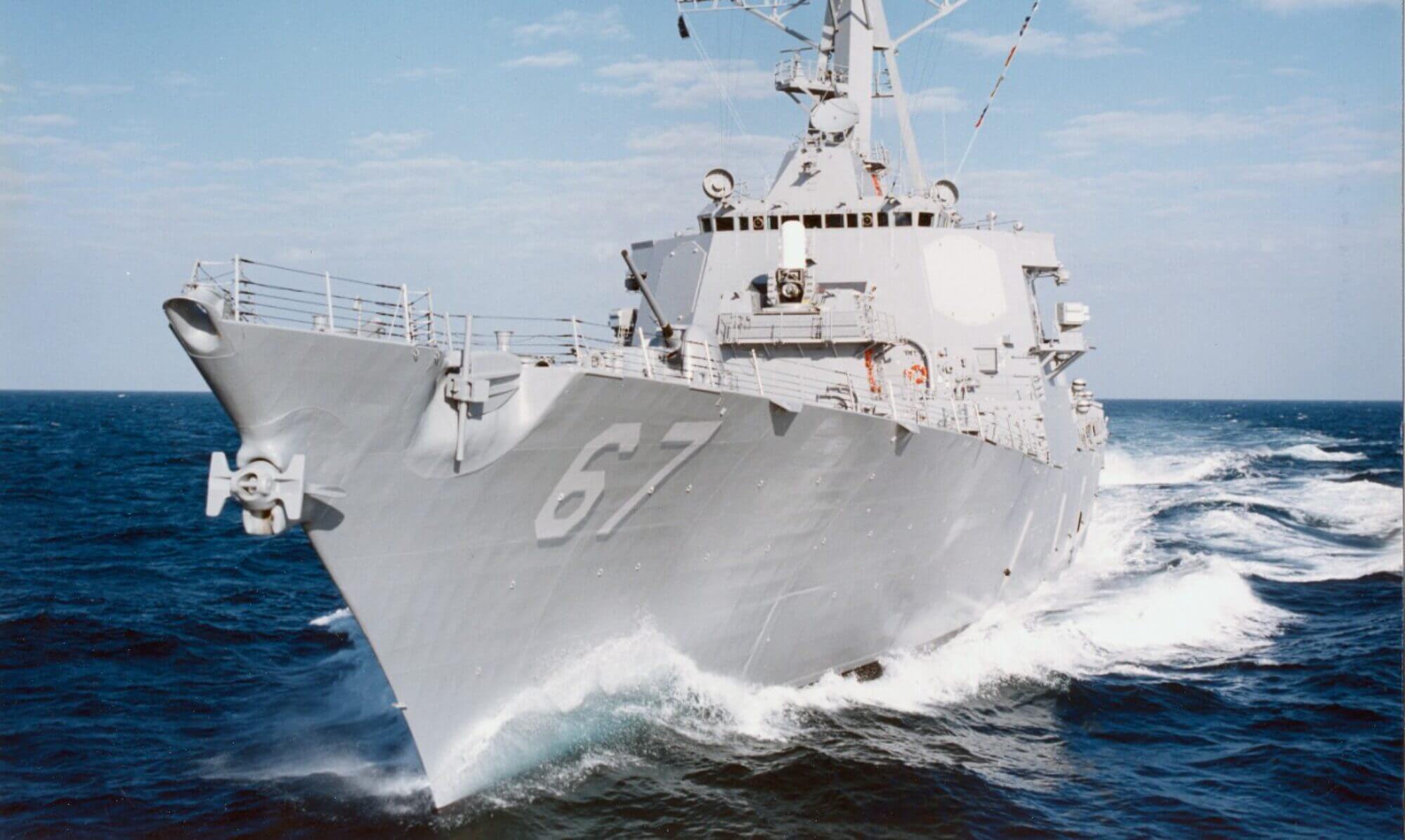Introduction

Welcome to “Fleet Forward: Charting Tomorrow’s Navy,” a personal endeavor born from my commitment as your host Bill Cullifer, founder and former Destroyer Navy Sailor to ensure the enduring strength and capability of our Naval forces. With this series, inspired by our shared values and patriotic spirit, we aim to complement our upcoming December podcast series ‘Charting the Course: Navigating the Future of American Naval Power’. Here, we’ll not only delve into the Navy’s shipbuilding strategies but also the stories and people behind them, reflecting on our national security, economic vitality, and our role on the global stage.
The Importance of a Strong Navy
As we face evolving threats in an increasingly complex global landscape, a strong Navy is not just a matter of national pride—it is a crucial pillar of American security and global stability.
The Process of Naval Shipbuilding
Inspired by a blog post from Brent D. Sadler, former U.S. Naval Captain and author of U.S. Power in the 21st Century, Our journey will explore the labyrinthine process of designing, planning, and budgeting that goes into creating the Navy’s vessels, with a special emphasis on the cutting-edge DDG(X) program.
The Format of Our Series
This format ensures a cohesive presentation that begins with the “why” before diving into the “what” and “how” of the series content.
The Challenges and Opportunities of Naval Procurement
In the wake of the Congressional Budget Office’s (CBO) critical analysis and ensuing public debate sparked by commentary from experts like Brent Sadler, our series will untangle the complex web of factors influencing naval procurement decisions. We’ll dissect the multifaceted challenges of aligning strategic imperatives with fiscal responsibility, technological innovation with logistical practicality, and political ambition with operational necessity.
The Stakeholders and Perspectives of Naval Strategy
Each episode will feature voices from a spectrum of stakeholders—military officers, defense analysts, policymakers, industry experts, and academics—to illuminate the diverse perspectives that shape the Navy’s trajectory. From the drawing boards where the future of naval warfare begins to the congressional halls where budgets are debated and determined, we’ll provide you with a holistic view of what it takes to build a fleet capable of securing American interests on the global stage.
The DDG(X) Program
Our deep dive starts at the heart of controversy—the DDG(X) destroyer. As a linchpin of the Navy’s future force structure, this program epitomizes the technological ambition and the budgetary challenges inherent in modern naval shipbuilding. We’ll scrutinize its design process, how it fits into the broader naval architecture, and the strategic thinking that drives its development.
The Main Topics of Our Series
As we embark on this analytical voyage through the Navy’s shipbuilding endeavors, our series will navigate through eight key topics that capture the essence of the challenges and strategies underlying America’s naval future. We’ll be examining:
• The overarching goals of the Navy’s shipbuilding plans and their strategic significance.
• The fiscal landscape of naval procurement, including budgeting processes and cost control measures.
• The technological advancements and design considerations in modern shipbuilding, with a spotlight on the DDG(X) program.
• The industrial base and workforce development necessary for sustaining and advancing shipbuilding capabilities.
• The geopolitical implications of naval power, focusing on the dynamics with near-peer competitors such as China.
• Congressional oversight and legislative impact on Navy shipbuilding, including funding and authorization.
• The operational requirements driving the composition and capability needs of the future fleet.
• Alliances and partnerships, such as AUKUS, and their influence on U.S. shipbuilding plans and strategic positioning.
Conclusion
In our next episode, we will dissect the recent CBO report and expert critiques like those from Brent Sadler, setting the stage for a series that promises a thorough dissection of the Navy’s path forward. Each topic will build upon the last, creating a comprehensive narrative that brings clarity to the complex world of naval strategy and shipbuilding.
Join us as we steer through these topics with expert interviews, panel discussions, and in-depth analyses, providing a 360-degree view of what it takes to maintain a Navy capable of meeting tomorrow’s challenges.

